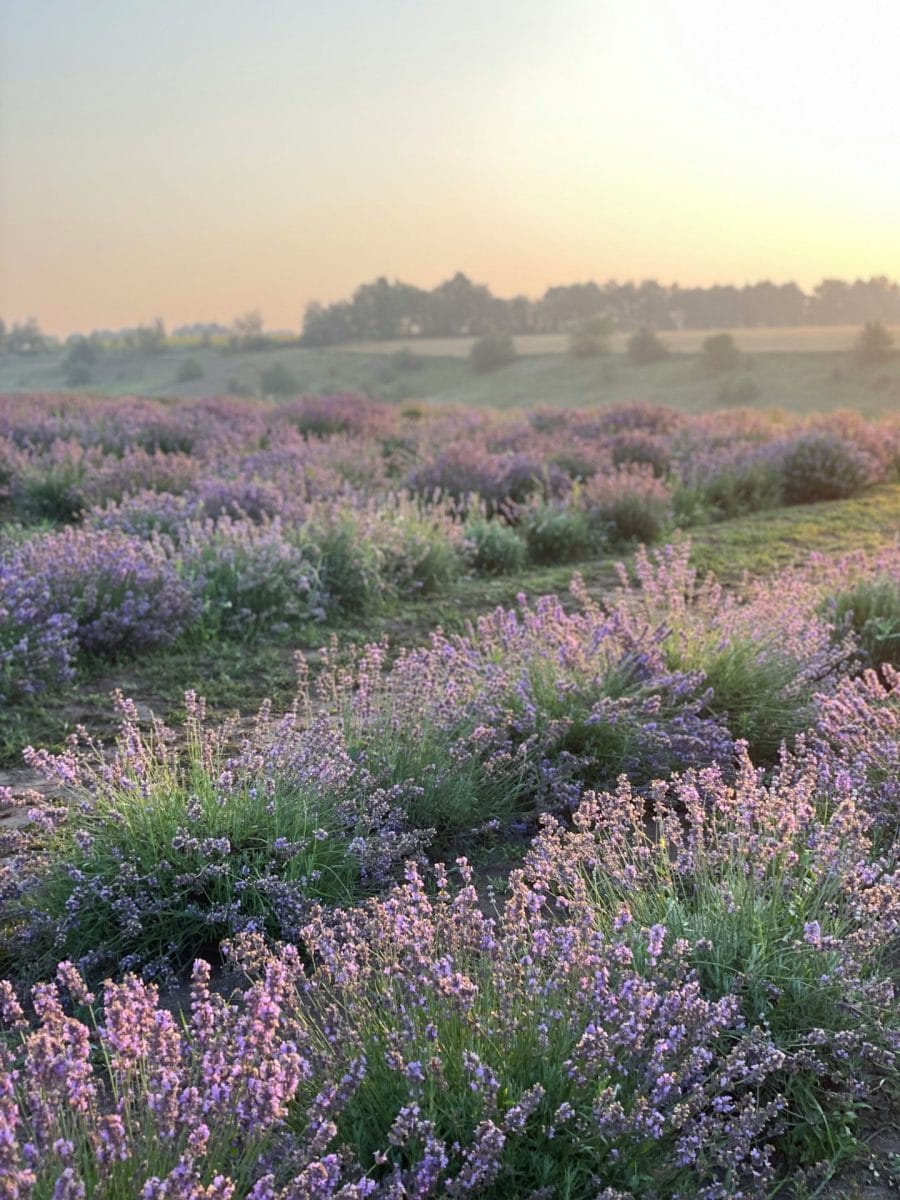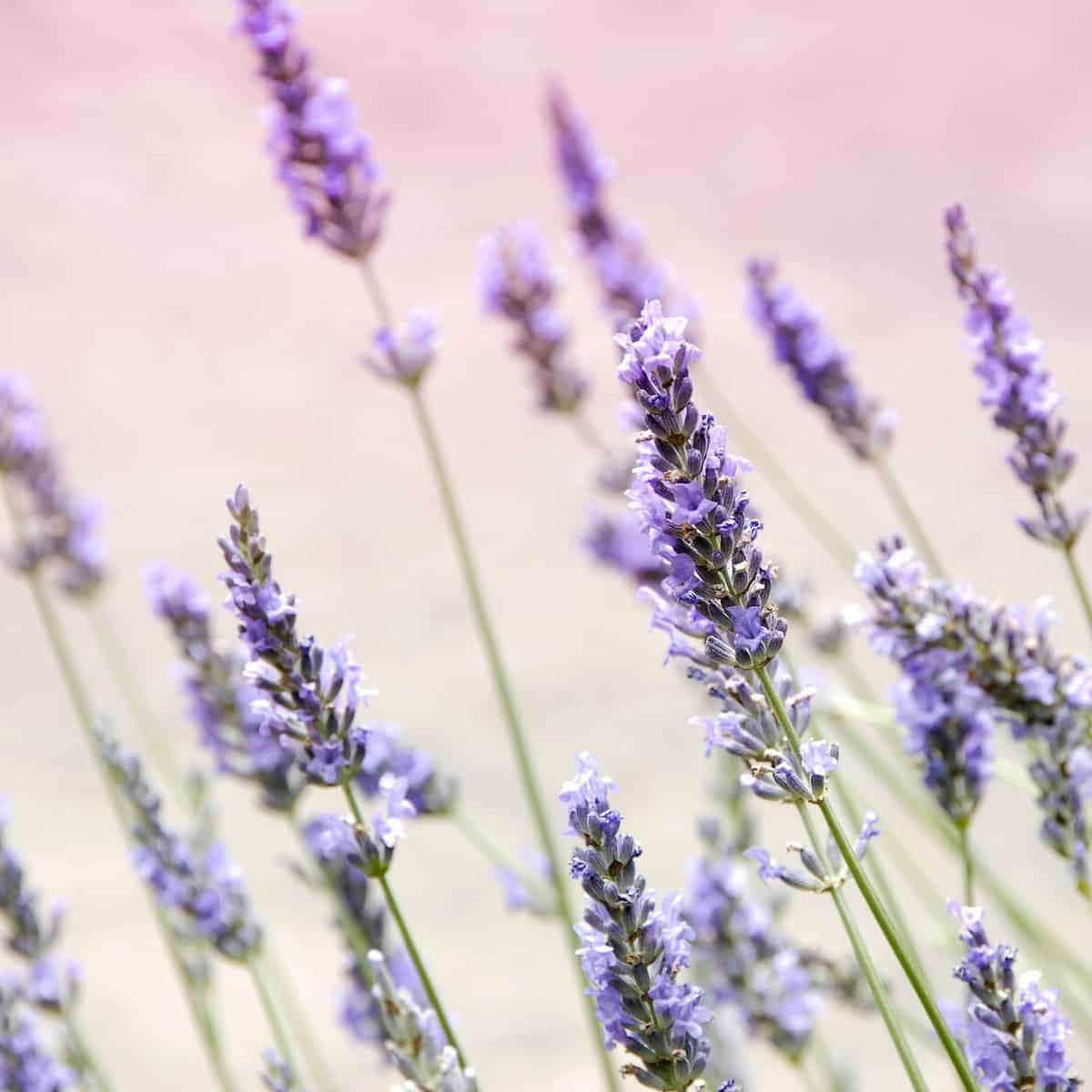Lavender is a popular and versatile herb known for its beautiful fragrance and various uses. Whether you are a seasoned gardener or just starting out, growing and caring for lavender can be a rewarding experience. In this article, we will explore the essential steps to help you successfully cultivate and maintain this lovely plant in your garden.
Choosing the Right Variety
When it comes to growing lavender, selecting the right variety is crucial. There are many different types of lavender available, each with its unique characteristics and growing requirements. English lavender (Lavandula angustifolia) is a popular choice for its strong fragrance and compact growth habit, making it ideal for borders and containers. French lavender (Lavandula dentata) is another common variety known for its distinctive serrated leaves and long-lasting blooms.

Providing the Ideal Growing Conditions
Lavender thrives in well-drained soil and full sunlight. Make sure to plant your lavender in a location that receives at least 6-8 hours of sunlight per day. Avoid planting lavender in areas with poor drainage, as waterlogged soil can lead to root rot. If your soil is heavy or clay-like, consider adding sand or gravel to improve drainage. Additionally, lavender prefers slightly alkaline soil with a pH level between 6.5 and 7.5.

Watering and Fertilizing
While lavender is drought-tolerant once established, it is essential to water newly planted lavender regularly to help it establish a strong root system. Water deeply but infrequently to encourage deep root growth. Avoid overwatering, as lavender is susceptible to root rot in soggy conditions. Fertilize your lavender sparingly with a balanced fertilizer in the spring to promote healthy growth and abundant blooms.
:strip_icc()/rocknwool-r56oO1V5oms-unsplash-aaa92543b5de48d7a710556a7b06376e.jpg)
Pruning and Maintenance
Pruning is essential for keeping your lavender plants healthy and productive. In late spring or early summer, after the first flush of blooms has faded, prune your lavender to encourage bushier growth and more flowers. Cut back about one-third of the plant, making sure to trim just above a set of healthy leaves. Regular pruning will help prevent your lavender from becoming woody and leggy.

Pest and Disease Control
Lavender is relatively pest and disease-resistant, but it can still fall victim to common issues like aphids, spider mites, and fungal diseases. Inspect your plants regularly for any signs of pests or diseases, such as yellowing leaves or distorted growth. To control pests, you can use insecticidal soap or neem oil. Proper air circulation and avoiding overhead watering can help prevent fungal diseases.

Conclusion
In conclusion, growing and caring for lavender can be a fulfilling experience for any gardener. By choosing the right variety, providing the ideal growing conditions, watering and fertilizing appropriately, pruning regularly, and staying vigilant against pests and diseases, you can enjoy the beauty and fragrance of lavender in your garden year after year. With proper care and attention, your lavender plants will thrive and reward you with their lovely blooms and aromatic scent.
